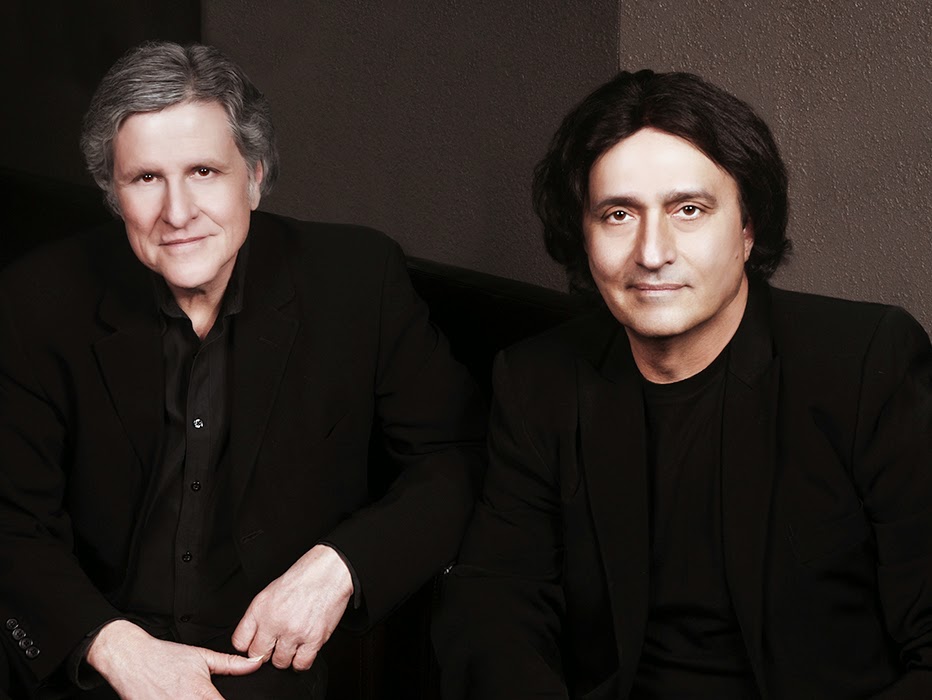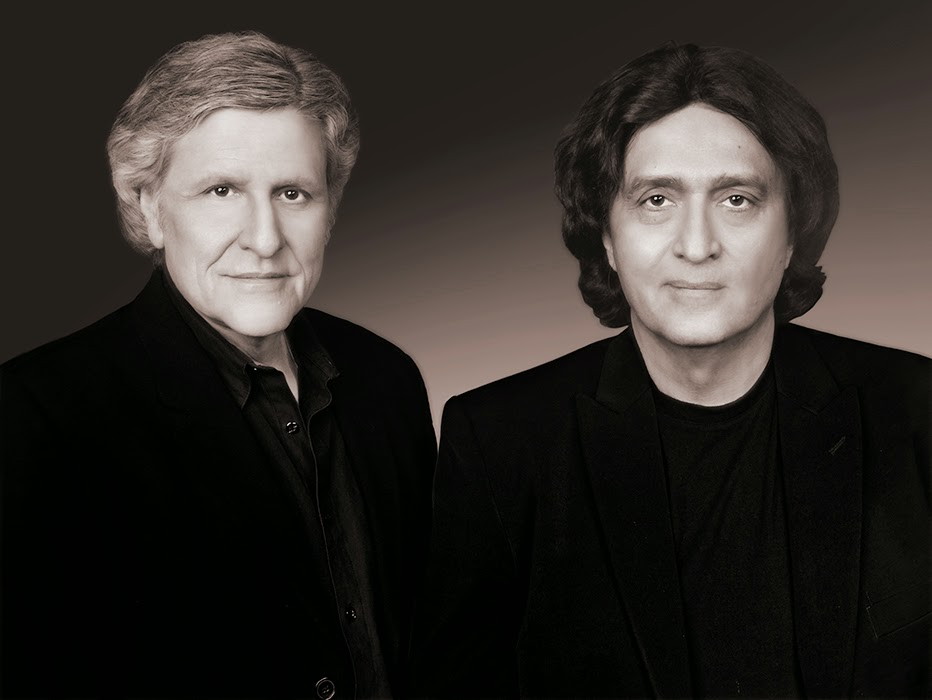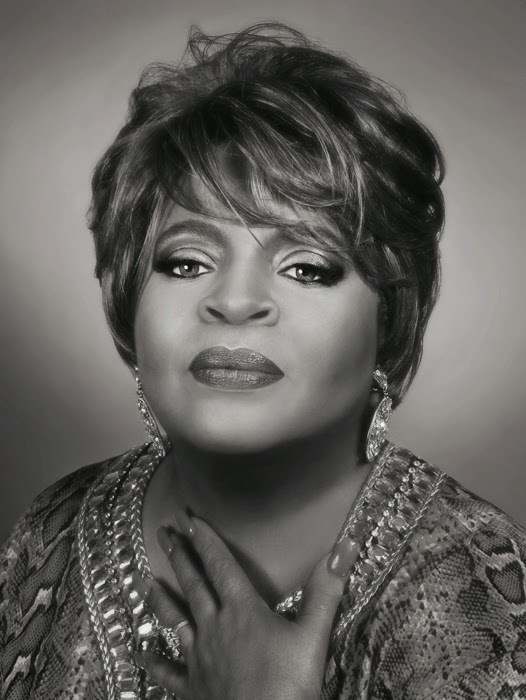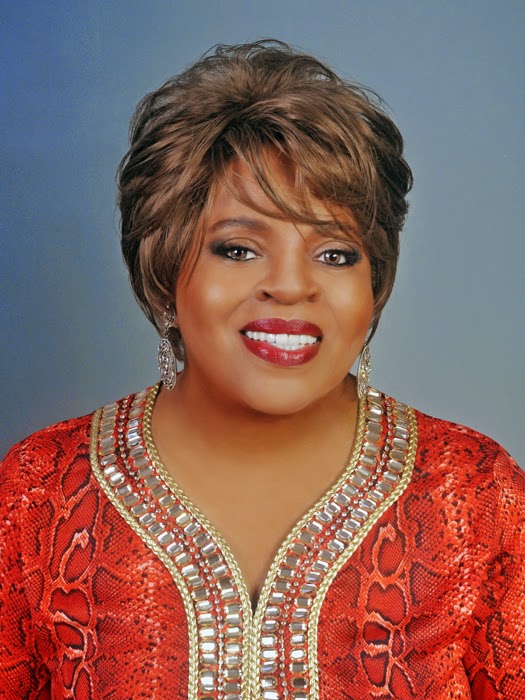All Photos: Alan Mercer Lighting& Asst: Eric V. & Psymon Imagery
Leslie Jordan is currently in England filming 'Celebrity Big Brother UK' until September 15, but I was able to meet up with him before he left. We had our photo session and conversation in the Mary Kay Suite at the Anatole Hotel in Dallas, Texas.
For such a diminutive frame, Leslie Jordan has a tall propensity for scene-stealing. He hails from the South, as his dead-giveaway drawl quickly exposes, and was raised in a highly conservative, deeply religious atmosphere in Chattanooga, Tennessee. His father, a Lieutenant Colonel with the Army, was killed in a plane crash when he was only 11. Uncertain about his direction in life, an inescapable talent for high camp, not to mention an impish mug and pocket-sized structure ideal for commercials, must have inspired Leslie enough to risk taking on Hollywood in 1982.
Following training with acting Coach Carolyn Barry, who ran the Professional Artist's Group during the 80s, he became highly marketable in commercial spots. TV would invariably be the next step. In the midst of it all he involved himself deeply in writing. Avid L.A. theatergoers will probably recognize him for such prone-to-misfit characters as Brother Boy, an institutionalized drag queen, in "Sordid Lives," and Peanut, a habitual barfly, in "Southern Baptist Sissies."
His own one-man testimonials, such as the off-Broadway "Hysterical Blindness" and the more recent "My Trip Down The Pink Carpet," show an actor quite adept at baring his soul and exposing his childhood agonies on stage amidst laughter and tears. These shows came at a price, however. A self-proclaimed substance abuser and sexaholic, Jordan spent jail time more than once for DUI before facing his inner demons and reaching full recovery since 1996.
In the end he has reaped the rewards of comedy success. In low budget film projects since 1988, he has been part of such off-the-wall material as 'Frankenstein General Hospital,''Black Velvet Pantsuit and Farm Sluts,' to name a few. He has also experienced the joy of seeing one of his own writing projects come to full fruition with the film ‘Lost in the Pershing Point Hotel.’ He was also given the chance to recreate his Big Brother role in ‘Sordid Lives’ to the big screen and on TV.
TV has been an exceptionally inviting medium over the years with a number of fun, flouncy roles coming his way. Noted for his catchy guest work on "Murphy Brown" and "Lois & Clark," among others, he was also a series regular on ‘Reasonable Doubts’ and ‘Hearts Afire.’ Leslie has a wonderfully wicked recurring role as a very small thorn in Megan Mullally's side on the popular ‘Will & Grace’ sitcom. Playing the snide, mincing and unconvincingly homophobic hanger-on Beverley Leslie, the actor plays the hilarity up for all its worth. At other times his loser types have proved quite touching, if pathetic, in offbeat drama.
AM: Leslie, it was so exciting when you won an Emmy! I would think your stock immediately goes up after winning but you tell a different story.
LJ: I thought I’d been acting for twenty years and I’d won an Emmy so I was going to sit back and let it come to me….well, we’re waiting and waiting.
AM: Was that a surprise?
LJ: I’ve been around long enough to know the way this business works. My manager does remind me that since the day I won the Emmy in 2006 I’ve never had to audition once. Now that is something for an actor like me, who is either really right for the part or I’m not right at all. There’s no in between.
AM: You also got sober a few years ago. That must help.
LJ: I got sober seventeen years ago and learned to live in the moment.
AM: What changed in your life perspective?
LJ: I used to dream about the future and think when I get that series, or meet that perfect person or get a house in the Hollywood Hills and it’s not like that at all. Life is a journey. I love the Jim Carrey quote, “I wish everyone could get rich and famous so they would understand it’s not the answer.”
AM: What changed in your life perspective?
LJ: I used to dream about the future and think when I get that series, or meet that perfect person or get a house in the Hollywood Hills and it’s not like that at all. Life is a journey. I love the Jim Carrey quote, “I wish everyone could get rich and famous so they would understand it’s not the answer.”
AM: But once upon a time you thought it was the answer didn’t you?
LJ: Oh absolutely! I got off the bus and that’s all I wanted for twenty years, but then I realized that unless I had a spiritual side it was all worthless. I respect Madonna because she had everything including a home in England and she studied the Kabbalah. All the success becomes meaningless unless you are happy from the inside.
AM: How do you find your spiritual nurturing?
LJ: Through a recovery program. I still go to meetings after seventeen years. I grew up in a very religious family.
AM: Your family would go to church regularly didn't you?
LJ: Our community was the church. Everything was church. If you went to a New Year’s Eve party it was at the church. It’s all church, church, church. When I got to West Hollywood, which is my community now, I still never felt like I had a real sense of community. I need a group of people that will call me out on all my attitudes. I need people who can look at me and say, “That’s bullshit Leslie.”
AM: Your family would go to church regularly didn't you?
LJ: Our community was the church. Everything was church. If you went to a New Year’s Eve party it was at the church. It’s all church, church, church. When I got to West Hollywood, which is my community now, I still never felt like I had a real sense of community. I need a group of people that will call me out on all my attitudes. I need people who can look at me and say, “That’s bullshit Leslie.”
AM: Do you feel more fully realized at this point in your life?
LJ: I’m at the point where I am closer to my authentic self than I have ever been. I’m happier with who I am and what I am, which was such a struggle because of my religious upbringing.
AM: Have you had any other challenges or struggles?
LJ: I’ve also had to reinvent myself. When you first met me I was just starting to head out on the road. I didn’t know there was money to be made outside of LA. My management gets me lots of out of town gigs now. I travel all the time. I’m booked solid most of the year.
AM: Have you had any other challenges or struggles?
LJ: I’ve also had to reinvent myself. When you first met me I was just starting to head out on the road. I didn’t know there was money to be made outside of LA. My management gets me lots of out of town gigs now. I travel all the time. I’m booked solid most of the year.
AM: Most of your fans know you as Brother Boy from ‘Sordid Lives.’ You are one and the same. How did that all start?
LJ: I told my friend Del Shores that he could write short stories so he wrote a short story called, ‘The Dehomosexualization of Brother Boy’ and I read it and thought it was so funny. Then he wrote one called ‘Nicotine Fit’ about three sisters in the living room fighting over burying their mother in a mink stole. Then he wrote another one about a woman who gets high on valium and holds her husband hostage. Then he called me and told me he was putting them all together into a play. At first I told him it was a mess and he couldn’t have all that going on.
AM: You told that to Del!?! Obviously that became 'Sordid Lives.'
LJ: Thank God he didn’t listen to me! So he added the funeral scene at the end and that tied it all up.
AM: You told that to Del!?! Obviously that became 'Sordid Lives.'
LJ: Thank God he didn’t listen to me! So he added the funeral scene at the end and that tied it all up.
AM: What are you proud of?
LJ: Buying my mother a condominium is the best thing I’ve ever done as an adult. I also bought my twin sisters a condominium next to my mother so they can take care of her. I have a huge ship afloat.
AM: Leslie, I have seen every show you have ever done and I end up hurting from laughter. You are a genius.
LJ: Thank you! I love performing on stage but I would also love to stay home.
To learn more about Leslie Jordan visit his facebook page https://www.facebook.com/thelesliejordan













































.jpg)
.jpg)
%2Bbw.jpg)
.jpg)
.jpg)









.jpg)
.jpg)
.jpg)
.jpg)
.jpg)






.jpg)
.jpg)
.jpg)
.jpg)
.jpg)
.jpg)










.jpg)
.jpg)
.jpg)
.jpg)
.jpg)

.jpg)
.jpg)
.jpg)
.jpg)


















